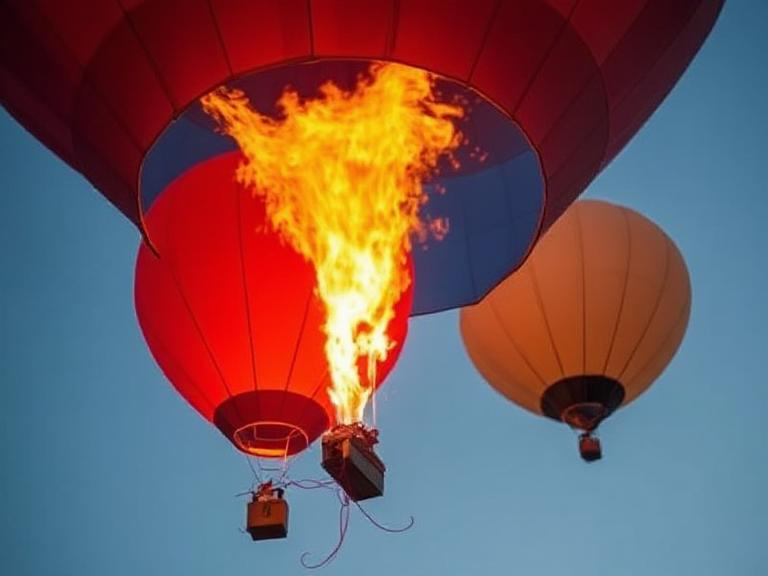Table of Contents
- Introduction
- Understanding Helium
- Flammability of Helium
- Helium vs. Hydrogen: A Safety Comparison
- Safety Considerations for Helium Balloons
- Conclusion
- Summary Table: Key Takeaways
Introduction
Balloons are a staple at celebrations worldwide, often filled with gases like helium to make them float. However, concerns about the safety of helium balloons, particularly regarding their flammability, have been raised. This article delves into whether helium balloons can catch fire, comparing helium with other gases used in balloons, and provides safety considerations for their use.

Understanding Helium
Helium is a colorless, odorless, tasteless, non-toxic, and inert gas. It is the second lightest element in the universe and belongs to the noble gas group on the periodic table. Due to its low density and non-reactive nature, helium is commonly used to fill balloons, airships, and as a cooling medium in various applications.
Flammability of Helium
One of the most significant properties of helium is its non-flammability. As an inert gas, helium does not undergo combustion. This characteristic makes it a preferred choice for filling balloons, especially in environments where fire safety is a concern. According to WestAir Gases, “helium is chemically inert and non-combustible, which makes it one of the safest industrial gases.”
Helium vs. Hydrogen: A Safety Comparison
Historically, hydrogen was used to fill balloons and airships due to its lighter-than-air properties. However, hydrogen is highly flammable and poses significant safety risks. The infamous Hindenburg disaster in 1937 highlighted the dangers associated with hydrogen-filled airships. In contrast, helium, being non-flammable, offers a much safer alternative. The Wikipedia article on helium notes that “helium has the advantage of being non-flammable, and indeed fire-retardant.”
Safety Considerations for Helium Balloons
While helium itself is non-flammable, certain safety considerations should be kept in mind when using helium balloons:
- Balloon Material: The material of the balloon can be flammable. For instance, some balloons are made of materials that can catch fire if exposed to open flames or high heat sources.
- Mislabeling and Substitution: There have been instances where balloons sold as helium-filled were actually filled with hydrogen, leading to fire hazards. It’s crucial to source balloons from reputable suppliers to ensure they are filled with the correct gas.
- Environmental Impact: Released balloons can pose environmental hazards. Some regions have implemented bans on balloon releases to protect wildlife and reduce litter.
Conclusion
Helium balloons themselves do not catch fire due to the non-flammable nature of helium. However, safety considerations related to balloon materials and potential mislabeling should be acknowledged. Ensuring balloons are sourced from reputable suppliers and being aware of environmental impacts are essential steps in promoting safe and responsible use of helium balloons.
Summary Table: Key Takeaways
| Aspect | Details |
|---|---|
| Helium Properties | Non-flammable, inert, colorless, odorless gas |
| Comparison with Hydrogen | Helium is safer due to non-flammability; hydrogen is highly flammable |
| Safety Considerations | Ensure balloon material is non-flammable; verify gas used is helium; be aware of environmental regulations |
| Environmental Impact | Some regions have bans on balloon releases to protect wildlife and reduce litter |

